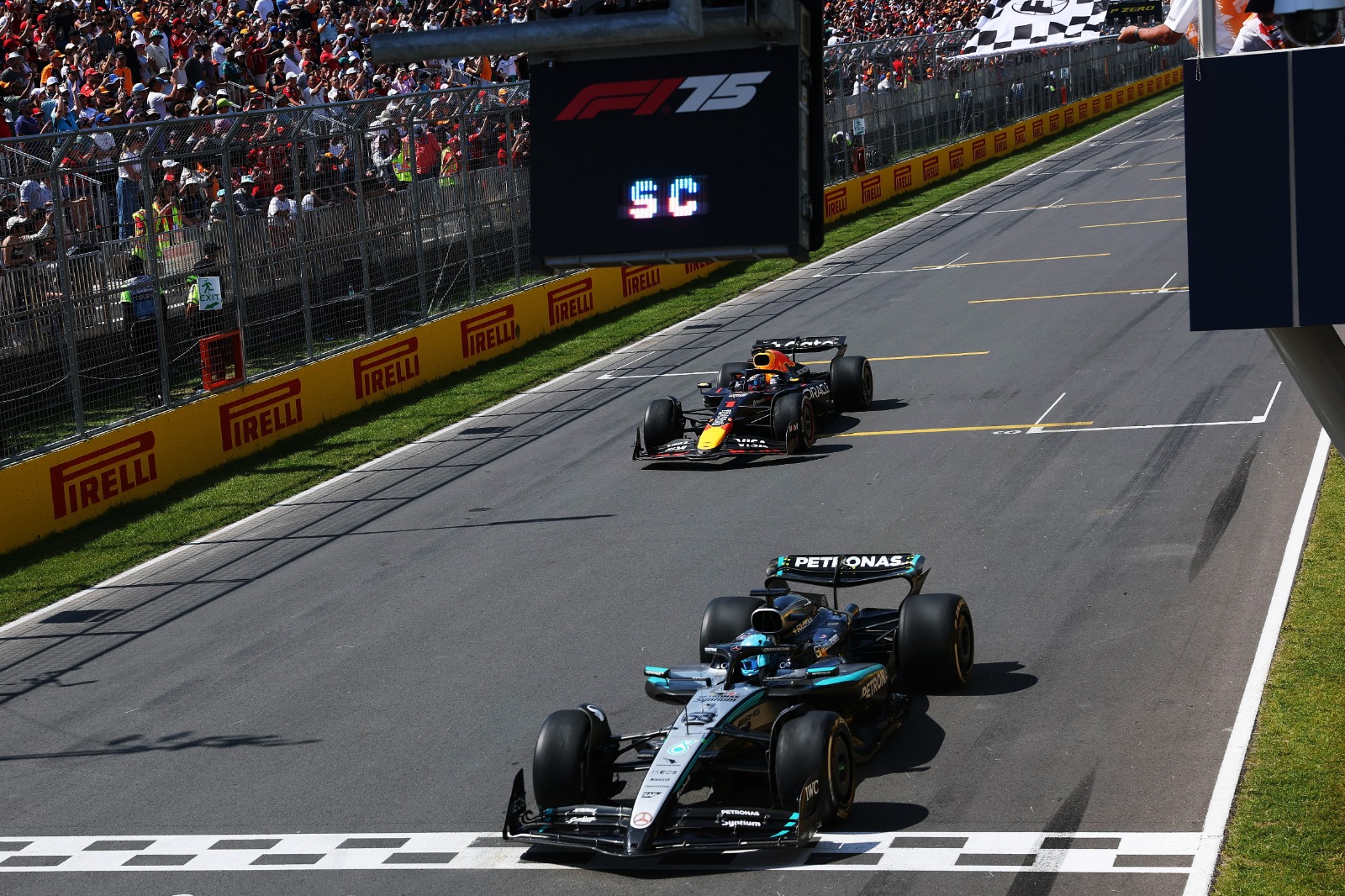Whenever the rules change in Formula 1, the competitive order also faces disruption. Inevitably, one or two teams land nearer the right balance of compromises, or find clever solutions others have missed.
Given the scope of the changes coming next season, nerves are jangling up and down the grid: the combination of new engines and chassis has added to the level of difficulty.
In the previous decade, Mercedes’ domination of F1 was so complete that the commercial rights holder regularly complained it was bad for box office. But when F1 shifted to a car package where underbody aerodynamics were responsible for generating the majority of the downforce, its first car for the new formula, though bold, was fundamentally flawed – and Mercedes never quite caught up with its rivals.
That’s why so much effort has been put into making sure its 2026 car is competitive straight out of the box, even if that entailed sacrificing some development potential this season, according to trackside engineering director Andrew Shovlin.
«At the track we’re completely focused on fighting for second in the constructors’ championship, and we have been all along,» said Shovlin. «As a team we’ve been disciplined in saying we can’t push the resource back into this year in order to try and bring a late update to make our lives a bit easier. Because ultimately when you’re starting with a new set of regulations, starting on the front foot is absolutely key.
«Where we’ve won championships that’s what we’ve done. And if you look at the most recent regs in 2022, we started on the back foot and it’s been difficult from there onwards, so we were never going to give in to temptation and put the previous car back in [the wind tunnel].
W13’s shortcomings arose from stiff suspension, and floor design requiring ultra-low ride height
«But as I said, everyone at the track, the drivers, are all focused on delivering that. And if you look at Red Bull, they had a relatively recent update with a floor, but by and large the teams that we would expect to be fighting with have done similar, they’ve all put a lot of resource into next year.»
Mercedes’ first car for the new ground-effect era, the W13, was essentially a big bet on aerodynamics: the power unit and its cooling architecture were designed around running a minimal sidepod profile with a large floor area. But as Red Bull demonstrated throughout the life of this ruleset until comparatively recently, chassis dynamics are critical to the effectiveness of the underbody aero.
The floor has to run close to the ground to prevent air entering from the sides and disrupting the underbody flow field. What most teams have struggled with, especially Mercedes in the early phase, has been finding a ‘sweet spot’ where the suspension is sufficiently compliant to ease stresses on the tyres, but also resistant to body movements which disrupted the floor’s performance.
On the W13, lack of performance was a result of a combination of factors: a floor design only effective at very low ride heights, and suspension which was too stiff. Hence Mercedes was the worst affected by both porpoising and bouncing – and, having gone to the extent of unpicking its sidepod design, it came to realise that these were separate but related phenomena rather than synonyms for the same thing.
So problems caused by lack of understanding can compound through time as engineers are forced to change direction, often encountering new challenges along the way.
«To be honest, with the benefit of hindsight, it would have been very easy to get ourselves back into a winning position,» said Shovlin.

Mercedes won in Canada this season
«Particularly if we knew what we know now going into those regulations, understanding how to stop the cars bouncing, understanding where the big performance areas would be. That’s all something that we learn over time, and Red Bull who started very competitively, they still needed to make all that learning.
«It’s just that if you’re at the front, it’s easier to make measured decisions around where you put your development effort, whereas we were catching up, and there were a few occasions where we decided to change the concept of the car, change the design of the sidepods, and essentially what that does is it resets your development.
«You go backwards and you’ve got to hope that you find a steeper development path to recover it. But I think engineering in Formula 1 would be very easy if you were blessed with the benefit of hindsight.»
We want to hear from you!
Let us know what you would like to see from us in the future.
— The Autosport.com Team








